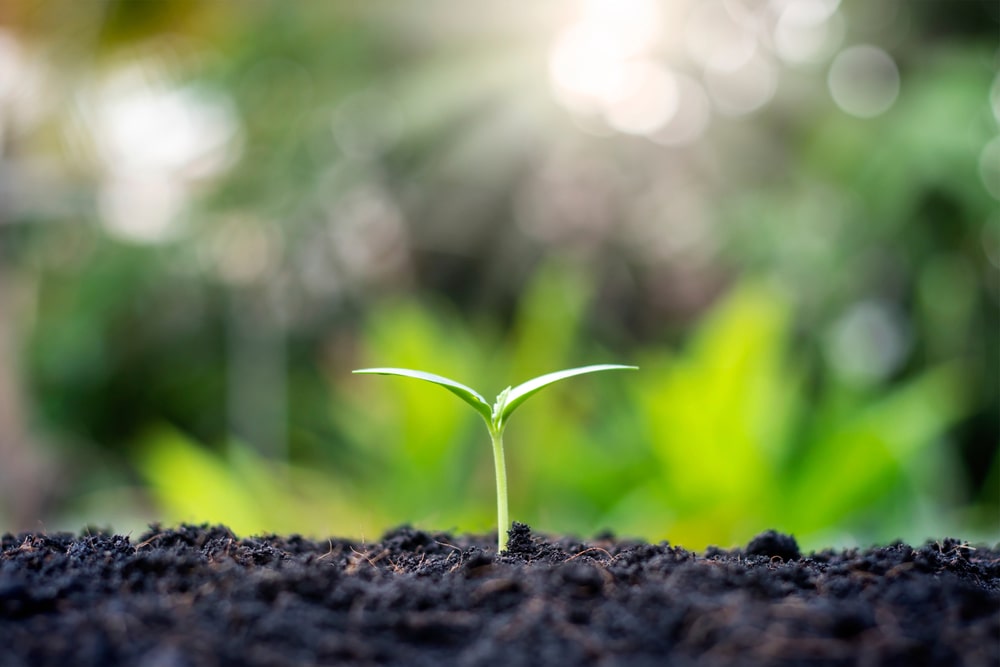PROTECTING OUR ENVIRONMENT
Earlier this month I did my blog on New Year’s Resolutions. One of the resolutions that I briefly mentioned was on PROTECTING OUR ENVIRONMENT.
I now want to expound upon this topic and emphasize our need to protect our environment for ourselves and our future generations. The time is now to start. Don’t think that you can’t make a difference.
With proper landscaping, we can conserve energy by modifying our environment. We can learn how to be successful gardeners and homeowners without the use of chemicals. Did you know that many homeowners use more chemicals per square foot than farmers? We need to look for and learn alternatives. And, we need to plan our landscape with food and shelter for wildlife by incorporating wildflowers and native plants around our home.
Remember this golden rule: DON’T TAKE MORE FROM THE ENVIRONMENT THAN YOU RETURN TO IT. If you heat with firewood, plant as many trees as you cut down or burn. Also, with the holidays just behind us, did you know that for every Christmas tree cut, two to three new trees are planted.
I mentioned earlier in this blog the need to eliminate the use of harmful chemicals. We need to learn how to protect our beneficial insects. Here are just a few beneficial insects that are common in Virginia that I want to elaborate on what they do and provide.
NEMATODES
Nematodes are very effective at killing grubs in our lawns. When we kill grubs, we also reduce the Japanese beetle population in our landscape without using sprays and chemicals. Milky Spore is another natural product to kill these grubs and control the damage done on our plants by the Japanese beetle.
MASON BEES
Mason bees are incredible pollinators for spring-flowering fruit and nut trees as well as berries and flowers. They are harmless to humans—male Mason bees have no stingers. A single mason bee visits around 2,000 blossoms each day!
LEAFCUTTER BEES
Like Mason Bees, leafcutter bees are gentle and generally harmless to humans. They can be used to pollinate plants that bloom later in the season, as they emerge from their cocoons in mid to late July. Leafcutter bees create crescent-shaped holes in the leaves of nearby plants, but never enough to cause real damage—they take only enough leaves to help line the nests they make for their young.
PRAYING MANTIS
Praying Mantis are predatory insects that feed on an assortment of garden pests, such as aphids, some beetles, caterpillars, hornworms, leafrollers, thrips, whiteflies, and much more.
GROWING NATIVE PLANTS
WHY? Growing native plants is a way to support our natural environment. The Great Big Greenhouse has made a concerted effort to carry a wider selection of native plants of Virginia. So, what is considered a native plant? The definition can vary and be a little confusing. Personally, I like the definition by the Virginia Native Plant Society: a native plant is anything that was growing in Virginia at the time that the European settlers arrived. Think about this: Native plants provide food and shelter for local wildlife. Non-native plants, on the other hand, are (usually) avoided by local wildlife because they are unfamiliar. The bonus of gardening with native plants is that native plants require a fraction of the care and attention of other plants. These native plants are better prepared to deal with whatever Mother Nature throws their way.
So, in a nutshell, let’s all become more conscientious in 2022 about wanting to protect our environment by learning how to garden chemical-free as much as possible. Let’s learn more about how to attract and protect our beneficial insects. And, let’s do more with learning and growing native plants.
Don’t let me mislead you with this article. I am not “Mr. Know-It-All.” I, too, have a lot to learn and change. But, I want to be here at The Great Big Greenhouse in 2022 and help anyone who is wanting to make this a New Year’s resolution. LET’S DO IT TOGETHER!!!!!!
LET’S PLANT A LITTLE HAPPINESS!!!!!!

